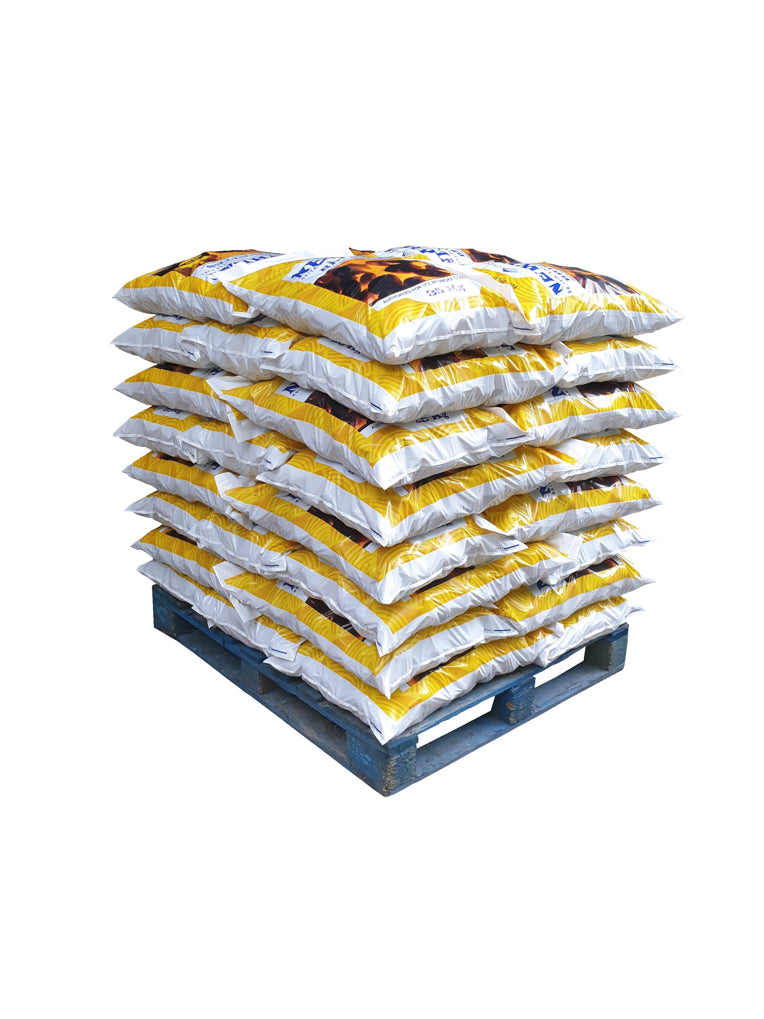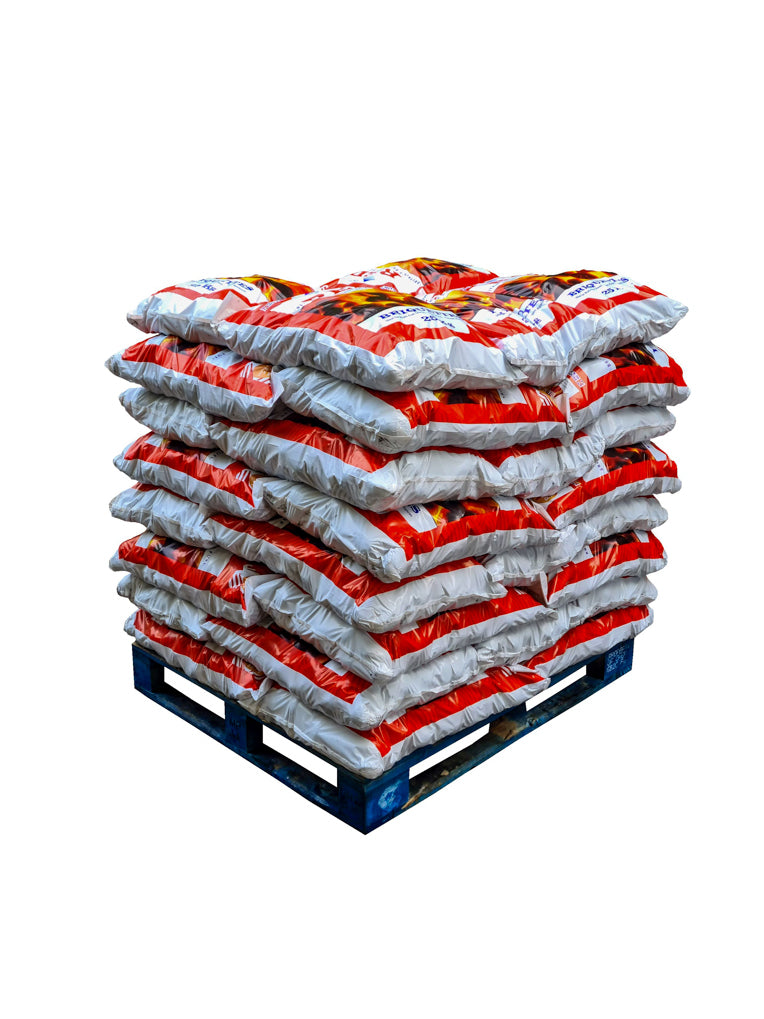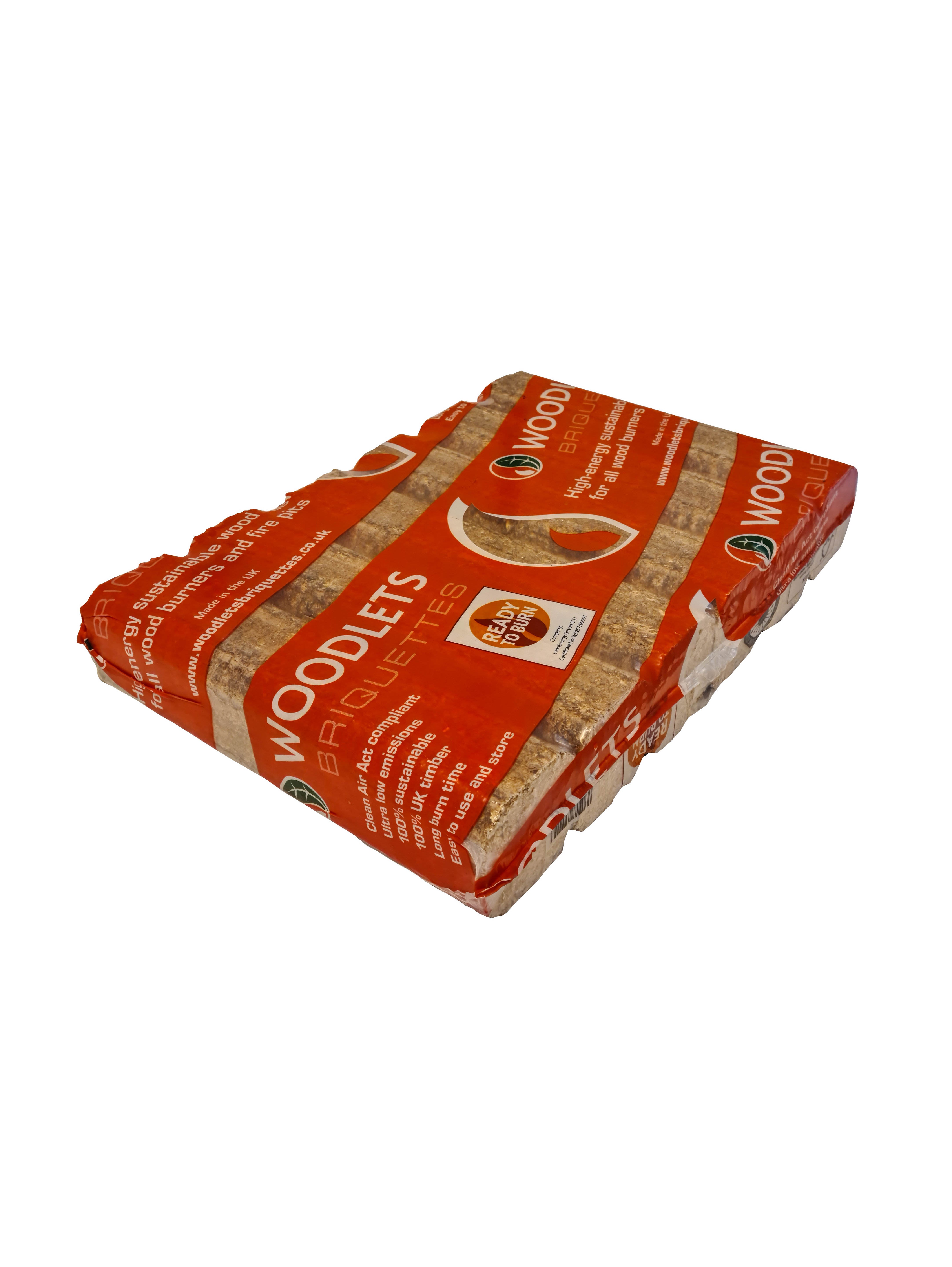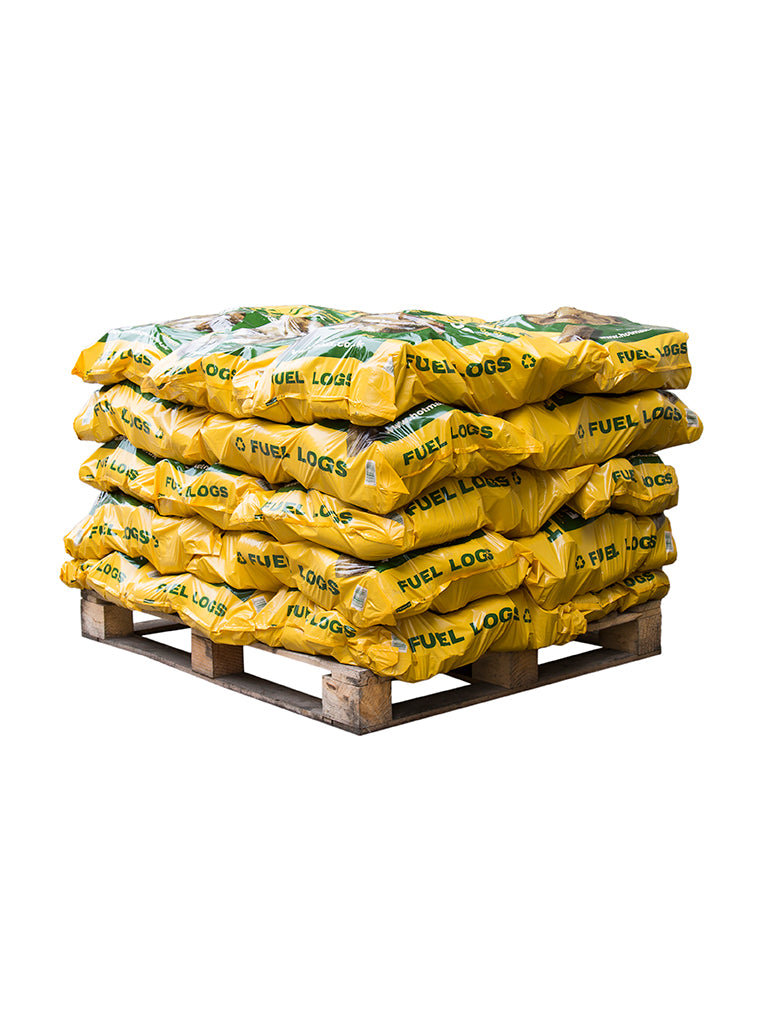There are few things more satisfying than the roar and crackle of a real fire. But for every perfect fire, there are countless frustrating attempts that end in a wisp of smoke and a chilly room.
The good news is that lighting a fire is a skill, not an art form. By following a simple, reliable method and using the right materials, you can build a warm, beautiful, and long-lasting fire every single time. Forget the frustration—this is the only guide you'll ever need.
First, Gather Your Materials
Before you even think about striking a match, make sure you have the three essential components for a successful fire:
-
Firelighters: The core of your fire. Modern firelighters are clean, odourless, and much more effective than scrunched-up newspaper, which can block airflow and leave messy ash.
-
Kindling: Small, very dry sticks of wood that will catch fire from the firelighters and burn hot enough to ignite your logs. This is a non-negotiable step!
-
Kiln-Dried Logs: The main fuel for your fire. You must start with smaller logs. Using kiln-dried logs is crucial as their low moisture content means they will ignite easily and burn efficiently.
The Step-by-Step Method to a Perfect Fire
Follow these steps in order, and don't be tempted to rush. Patience is key!
Step 1: Prepare Your Stove or Fireplace
Start with a clean slate. For a multi-fuel stove, clear the grate of any old ash to ensure good airflow from underneath. For a dedicated wood burner, a thin layer of ash on the base is actually beneficial, so just remove any excess. Fully open all air vents on your appliance.
Step 2: Build the Foundation
Place one or two firelighters in the centre of the grate or fire bed. Don't bury them; they need air to burn properly.
Step 3: Construct Your Kindling Stack
Now, build a structure of kindling around and on top of your firelighters. The aim is to allow air to circulate freely. Two popular and effective methods are:
-
The Jenga Method: Lay two pieces of kindling parallel to each other, then lay two more on top at a 90-degree angle, like building a Jenga tower. Place the firelighters in the middle.
-
The Teepee Method: Lean the pieces of kindling against each other to form a teepee or cone shape over the firelighters. Use a generous amount of kindling—more than you think you need!
Step 4: Light the Fire and Be Patient
Light the firelighters and close the stove door (leaving it slightly ajar if the manual recommends it). Now, the most important part: wait. Let the kindling catch fire and burn vigorously for at least 5-10 minutes. You need to build up a hot bed of glowing embers before you can add a log.
Step 5: Add Your First Log
Once the kindling is burning fiercely and has created a bed of bright embers, it's time to add your first log. Choose one of your smaller kiln-dried logs and place it carefully on top of the burning embers. Don't add too many logs at once, as this will smother the fire.
Step 6: Manage and Enjoy
With the first log alight and burning well, you can now add another larger log. Once the fire is fully established, you can begin to gradually close the air vents to control the burn rate and the heat output. Now, sit back, relax, and enjoy your perfect fire.
At Dawsons Fuels, we have everything you need for this foolproof method.
Ready to build your best-ever fire? Shop our range of Firelighters, Kindling, and Kiln-Dried Logs today!
Frequently Asked Questions (FAQ)
Why does my fire keep going out?
The most common reason is adding the first log too soon, before the kindling has created a hot enough bed of embers. The second most common reason is using damp, unseasoned wood.
Why is my stove glass getting black?
This is almost always a sign of burning wet wood or not having enough air getting to the fire. Ensure your air vents are open, especially when lighting the fire, and only ever use kiln-dried logs with a moisture content below 20%.
Can I use newspaper instead of firelighters?
While you can, it's often less effective. Tightly balled newspaper can block the airflow that is critical for the kindling to ignite. Firelighters provide a more consistent and reliable heat source to get the fire started properly.





2 comments
Hello John, our logs are all around 25cm in length. They’ll fit the majority of stoves.
Are your logs cut small enough for a small log burner please?
Leave a comment